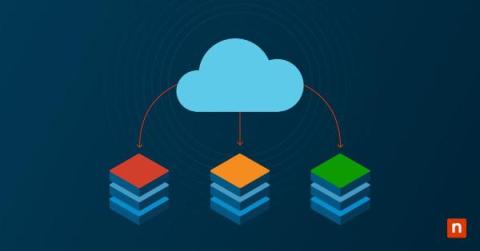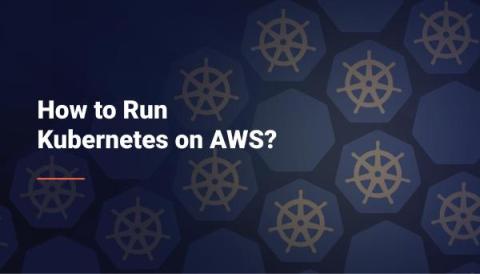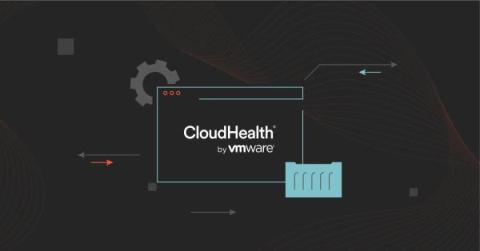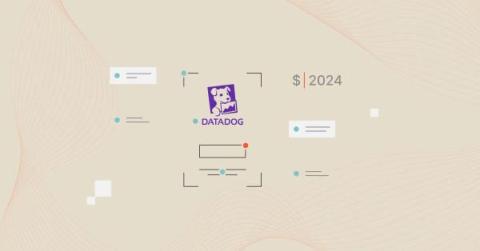An In-Depth Overview of the Cloud Computing Stack
Cloud computing, which is the delivery of computing services such as servers, storage, databases, networking, software, analytics, intelligence, and more over the internet, has completely transformed the technology landscape in what seems like a heartbeat. Cloud computing provides an alternative to the traditional data center.











